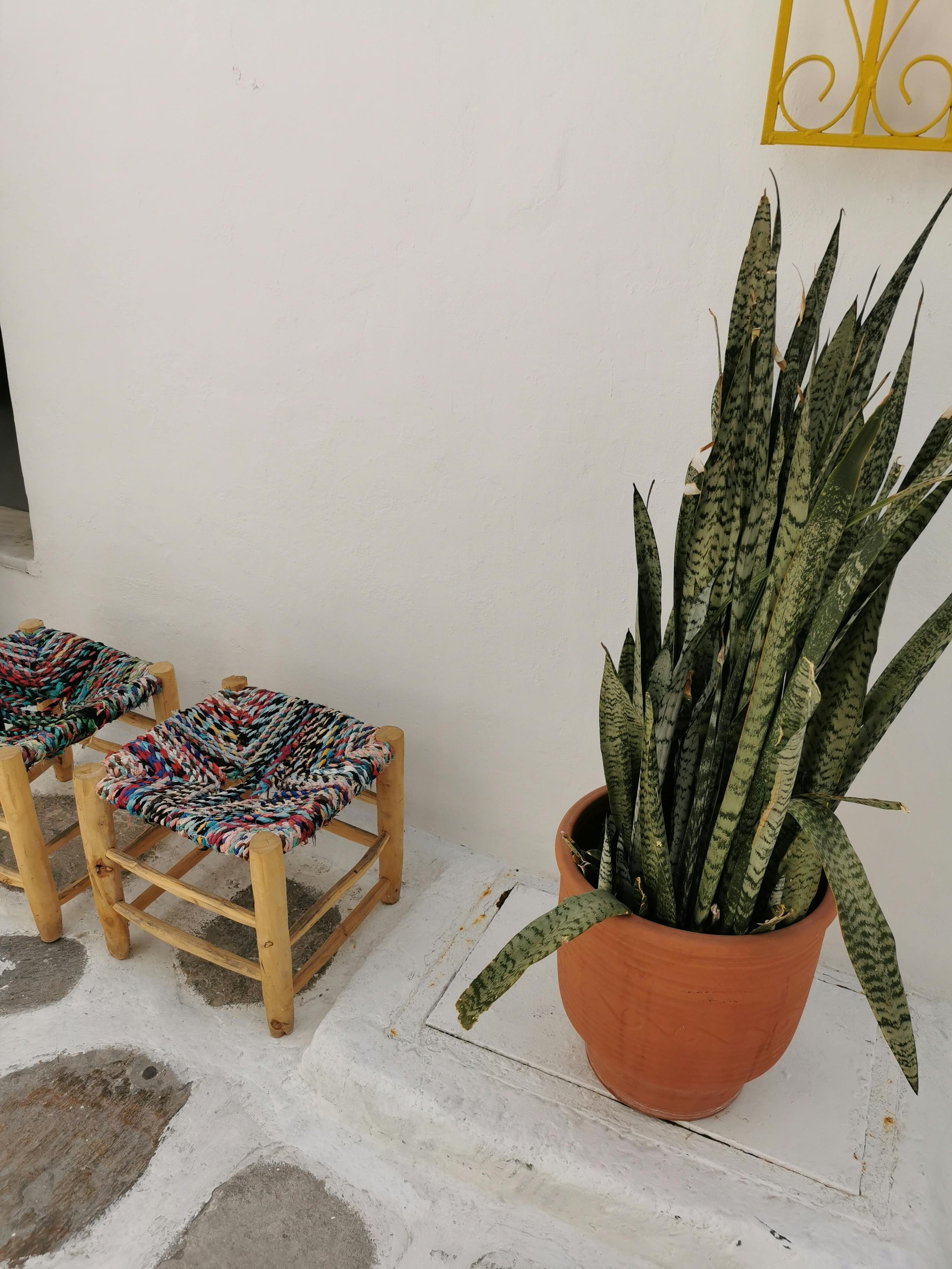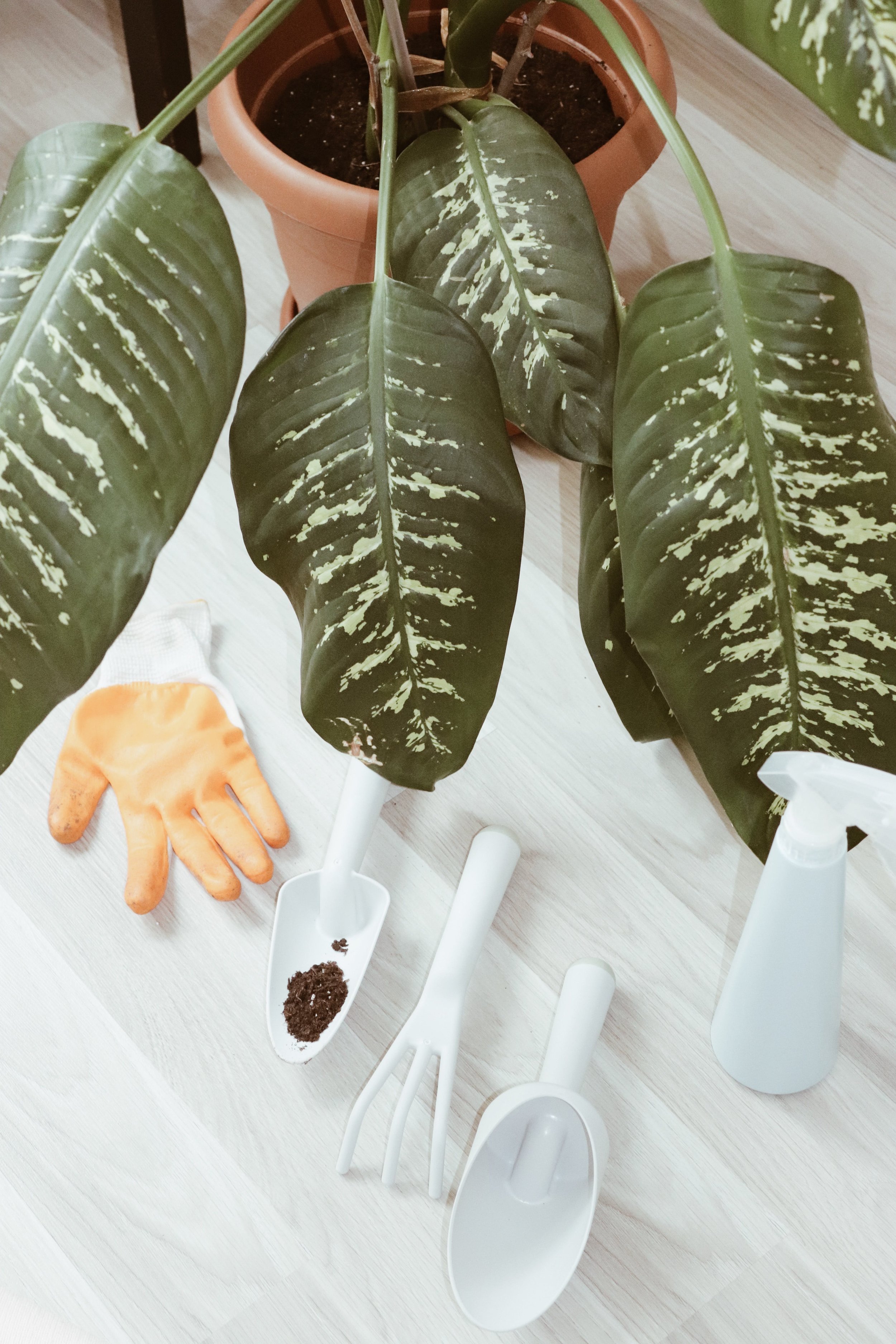
A Guide to Caring for Your Snake Plant (Dracaena trifasciata)
The snake plant (*Dracaena trifasciata*), known as "mother-in-law's tongue," is popular for novice and experienced plant enthusiasts. Renowned for its striking, upright leaves and remarkable resilience, this plant thrives in various conditions and requires minimal care. In this post, we'll dive into the essential aspects of snake plant care, including ideal lighting, watering, fertilization, and repotting. Whether you want to add a low-maintenance plant to your collection or learn more about this hardy species, you'll find everything you need to keep your snake plant thriving.

Cultivating Curiosity: The Role of Non-Toxic Plants in Montessori Classrooms
The choice of non-toxic plants, such as the Spider Plant (Chlorophytum comosum), Boston Fern (Nephrolepis exaltata), and Chinese Money Plant (Pilea peperomioides), ensures a safe learning environment. These plants are ideal for a classroom as they pose no risk if interacted with by curious children.

Understanding Dieffenbachia: Basic Care and Maintenance
Dieffenbachia, a member of the Araceae family, is native to the warm, humid tropical rainforests of Central and South America. Its common name, 'Dumb Cane,' originates from the plant's toxic sap, which can cause temporary speechlessness if ingested. This plant is Known for its lush, patterned foliage. Dieffenbachia varieties vary in size and color, often displaying striking combinations of green, white, and yellow.
